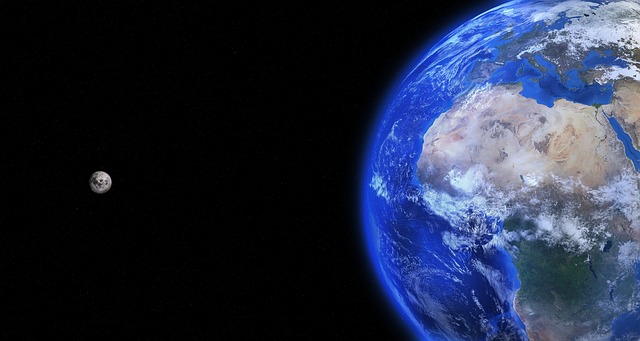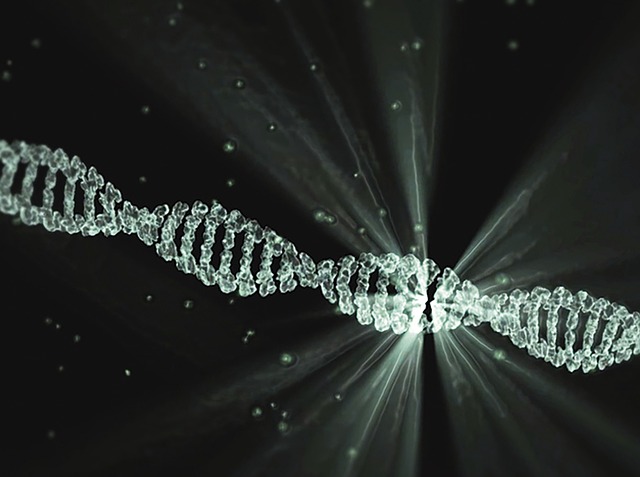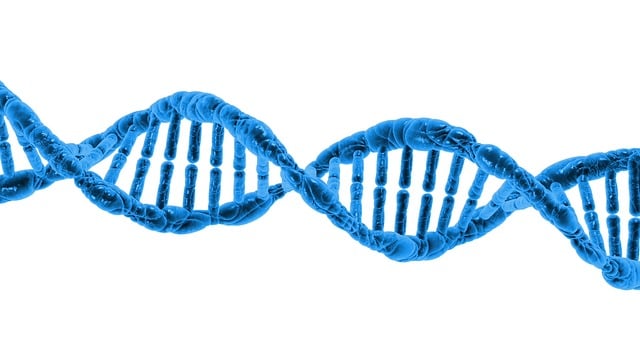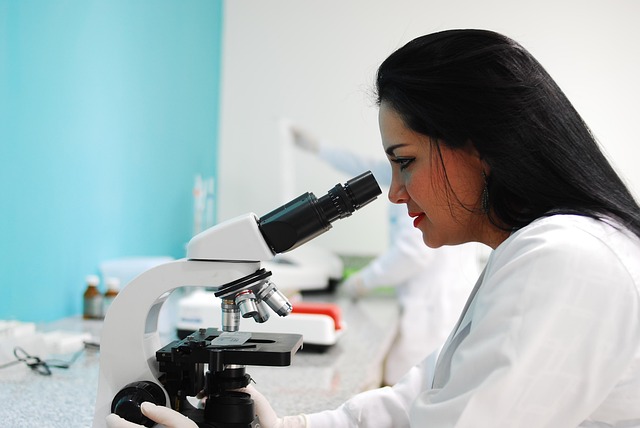The origins of life have been a highly debated topic for centuries. From the ancient Greeks through to contemporary scientists, humans have sought to gain a better understanding of life’s origins on Earth. While we are closer to understanding this process now than ever before, we continue to make regular breakthroughs that shift our perspective once again. In fact, new research is forcing us to question yet again what we know about the origins of life.
Shifting Views of The Origins of Life

For the majority of human history, the topic of life’s origins belonged to the domain of myth. Ancient cultures created elaborate stories to explain how life began on Earth. The Mesopotamians believed that life arose from the blood of the defeated gods. For the ancient Greeks, life began when Prometheus breathed life into clay. Over the centuries, our understanding of science has advanced, and these myths have been gradually replaced with various evidence-based theories. Now, thanks to recent scientific breakthroughs, we are once again reassessing our understanding of the origins of life. New research suggests that the way amino acids initially appeared may be far more complex than we thought.
The Complexity of Life’s Origins

For some time now, most scientists have generally agreed on the sequence in which amino acids were assembled to form our genes. However, researchers from the University of Arizona have suggested that our earlier assumptions were likely influenced by biases in how we interpret living (biotic) and non-living (abiotic) sources. They say that our present model of genetic history might be underestimating early protolife compared to what developed after life officially began. While we may never fully understand these ancient processes, the more we learn, the more we may discover about the origins of life in other parts of the universe.
The Last Universal Common Ancestor

According to the new paper, Amino acids, which are crucial pieces of proteins, date all the way back to four billion years ago. In fact, they can be found in the last universal common ancestor (LUCA) on Earth. These amino acid chains, or protein domains, are likened to a wheel. As the lead author of the paper put it, “It’s a part that can be used in many different cars, and wheels have been around much longer than cars.” Using data gathered from the National Center for Biotechnology along with highly specialized software, the team created a sort of evolutionary tree of the protein domains. Amazingly, these domains were not even observed until the 1970s, reflecting how much we have learned since then.
Rethinking the Emergence of Amino Acids

Among the biggest shifts in thought asserted by the researchers is that we need to reconsider the order in which the 20 genetic amino acids arose from the primordial soup of early Earth. According to the researchers, our existing model puts too much emphasis on how often a specific amino acid appeared in an early form of life. This assumption led to the theory that the particular amino acid discovered in the highest quantities must have arisen first. However, the researchers suggest that amino acids may actually have originated from various parts of early Earth, and not from one single environment.
The Emergence of Tryptophan

The researchers found tryptophan of particular interest. The current consensus among the scientific community is that tryptophan was the very last of the canonical amino acids to be added to the genetic code. Yet, they discovered 1.2% of this amino acid in the pre-LUCA data and only 0.9% after the last universal common ancestor. While these values may not seem that significant, they actually represent a difference of 25%. So, why would the very last amino acid to emerge be more abundant before life branched off in all its various directions?
Coexistence of Competing Ancient Codes

According to the researchers, a chemical explanation hints at an even earlier and highly complex stage of genetic development. As far as evolution goes, success doesn’t always mean that it is the only one of its kind to ever exist. In other words, multiple variations can exist at the same time before one of them ultimately dominates. Therefore, the researchers suggest that our genetic code could have developed through a mix of gradual assembly and competition between ancient systems of coding.
A Potential Key Role In Early Life

Interestingly, these ancient systems may have included noncanonical amino acids, too. These types of compounds may have once accumulated around alkaline hydrothermal vents. Many scientists believe that these compounds may have played a key role in the origins of life, even if their existence was temporary. To observe whether this theory applies to the rest of the universe isn’t that hard either. According to the researchers, “Abiotic synthesis of aromatic amino acids might be possible in the water-rock interface of Enceladus’s (a moon of Saturn) subsurface ocean.”
The Bottom Line

As our scientific understanding progresses, the story of life’s origins becomes increasingly complex. Each new discovery demonstrates that the process was significantly more complicated and fluid than previously thought. It includes various genetic codes, unanticipated timescales, and a range of environmental factors. While many questions remain unresolved, this ongoing research not only changes our understanding of Earth’s early past, but it also broadens the chances for discovering life elsewhere in the universe.
Read More: Research Says Humans Share One Common Ancestor, and It’s Not Who You Think

